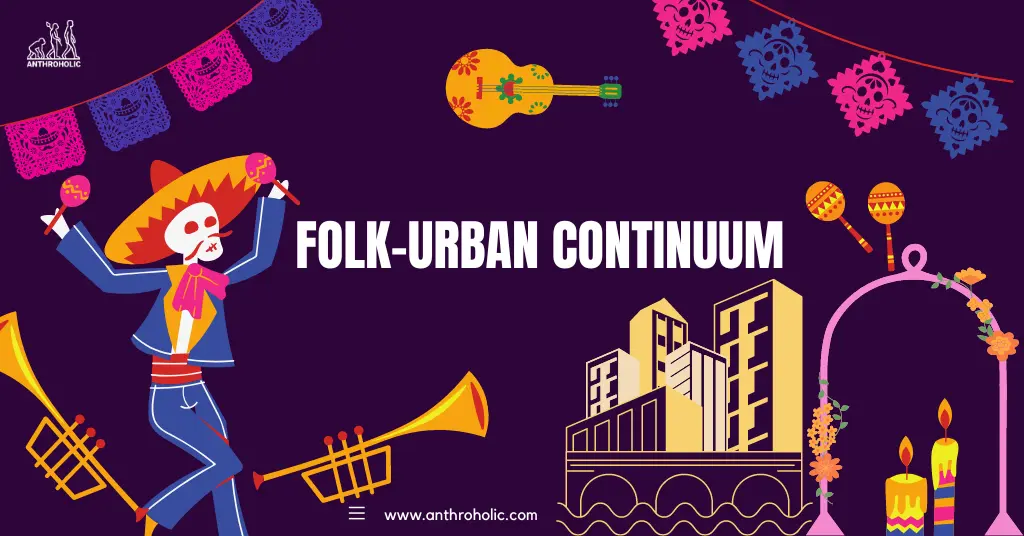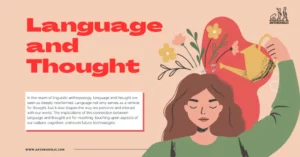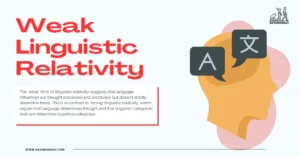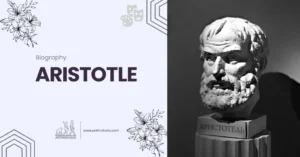AI Answer Evaluation Platform Live Now. Try Free Answer Evaluation Now
Folk-Urban Continuum
The Folk-Urban Continuum is a theoretical construct in anthropology and sociology that postulates a smooth and gradual transition from rural, folk societies to urban, modern ones. The concept was first introduced by American sociologist Robert Redfield in 1941 [1]. This anthropological paradigm provides a framework to understand the interplay between cultural transformation, socio-economic change, and geographic migration patterns.

Theoretical Framework of Folk-Urban Continuum
Redfield’s original theory suggests that the cultural shift from rural to urban is neither abrupt nor dichotomous. Instead, it illustrates a continuous transition marked by nuanced modifications in lifestyle, values, social structure, and the adoption of modernity.
- Folk Society: Rural communities, often described as ‘folk societies’, exhibit close-knit relationships, homogeneous cultural practices, and an economy based on subsistence farming or traditional artisanal crafts. The society’s norms and values are rooted in tradition and rarely change.
- Urban Society: On the other hand, urban societies are characterized by diverse cultural practices, complex social structures, and an economy dominated by industry and services. These societies are marked by constant change and adaptation.
- Folk-Urban Continuum: The continuum represents the gradational changes from folk to urban societies. This transition often involves significant changes in socio-economic structures, cultural norms, and individual attitudes towards tradition and modernity.
Evidence Supporting the Folk-Urban Continuum
Several studies and ethnographic evidence support the concept of the folk-urban continuum.
- Migration Studies: The continuous influx of people from rural to urban areas often results in the formation of transition zones, sometimes referred to as ‘peri-urban’ areas. These regions exhibit characteristics of both rural and urban societies, thus supporting the continuum concept [2].
- Cultural Adaptation: The progressive adaptation of rural migrants to urban lifestyle over time also suggests a continuum. Initially, migrants maintain their rural cultural practices but gradually adopt urban values and norms [3].
- Urbanization and Modernity: The spread of modernity and urban values into rural areas due to technology and communication advances further corroborates the continuum theory.
The table below summarizes the main characteristics of folk and urban societies:
| Characteristic | Folk Society | Urban Society |
|---|---|---|
| Relationships | Close-knit | Diverse, often impersonal |
| Economy | Subsistence farming, artisanal crafts | Industry, services |
| Social Structure | Simple, homogeneous | Complex, diverse |
| Cultural Practices | Rooted in tradition | Diverse, changing |
| Adaptation to Change | Slow, resistant | Rapid, adaptive |
Criticisms and Limitations of the Folk-Urban Continuum
While the folk-urban continuum has been a useful tool in understanding societal transformation, it’s not without its criticisms.
- The theory assumes that all societies undergo similar transitions, neglecting the variations in culture, history, and economic development across different regions [4].
- It doesn’t account for the reverse phenomenon of urban to rural migration, often spurred by lifestyle choices or economic downturns in urban areas.
- The theory doesn’t sufficiently consider the effects of globalization, which can influence rural societies without the necessity of physical migration to urban centers.
Conclusion
The folk-urban continuum, despite its limitations, has contributed significantly to our understanding of societal change. It helps anthropologists comprehend the fluid dynamics of culture, the interplay of tradition and modernity, and the transformation of socio-economic structures. As societies continue to evolve in the face of technological advancements and globalization, refining and updating theories like the folk-urban continuum will be crucial for anthropology.
References
[1] Redfield, R. (1941). The Folk Culture of Yucatan. Chicago: University of Chicago Press.
[2] Singh, R. B., & Singh, A. (2014). Peri-urban dynamics and transformation in the urban landscape. GeoJournal, 79(6), 705-721.
[3] Zhou, M. (1997). Segmented Assimilation: Issues, Controversies, and Recent Research on the New Second Generation. International Migration Review, 31(4), 975-1008.
[4] Kearney, M. (1995). The effects of transnational culture, economy, and immigration on Mixtec identity in Oaxacalifornia. In Michael Peter Smith and Joe R. Feagin (Eds.), The bubbling cauldron: Race, ethnicity, and the urban crisis (pp. 226-243). Minneapolis, MN: University of Minnesota Press.




